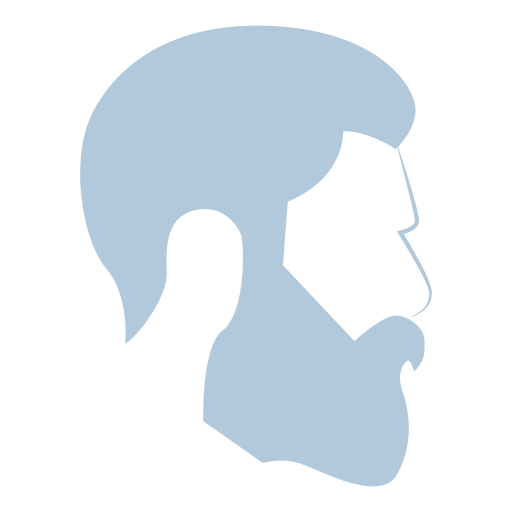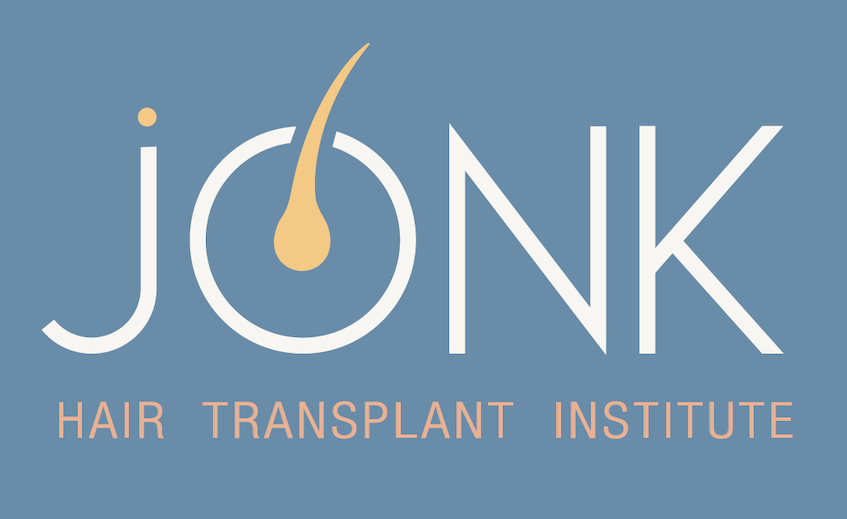Eliminate bold spots
Natural appearance
New confidence
Improve self esteem
Natural results for life

Surgical hair transplants

PRP Treatment for thinning hair
Performed by highly skilled, European trained experts
Follicular Unit Extraction (FUE) technique uses your own hair to create your new natural looking hairline and head of hair
Direct hair implantation (DHI)
Uses implanter pen techniques
New natural head of hair
Safe and no linear scarring
Painless (Local Anaesthesia)
No need for General Anaesthesia
Procedures take 6-8 hours
What does a Hair transplant involve?
Hair transplantation involves harvesting hair from a donor area and transplanting it to an area where the patient has severe thinning or complete loss of hair. The most used area for donor grafts is at the back of the head (occipital) area. The occipital area has a dense concentration of hair follicles and that allows us to harvest in the area without any significant change noticeable when the remaining hair grows back in this area.
FUE or FUT?
Types of hair transplants available?
There are generally two types of hair transplant techniques available. This is the FUE and FUT techniques. The FUE or follicular unit extraction technique involves harvesting individual follicles from a donor area and the transplanting them into the recipient site. The FUT or Follicular unit transplant technique involves removing a strip of tissue at the donor site and then removing the follicles from this trip and transplanting then in the recipient site.
The FUT technique has been associated with a lot of controversy and tends to form large scars in the donor area. That is why we only offer the FUE technique at our clinic as to ensure optimal results for our patients.
This technique offers the following advantages:
-
Procedure done under local anaesthetic and not general anaesthetic
-
No scarring like with the FUT technique
-
Excellent aesthetic results
-
Minimal pain intra- and post-operatively
96% success rate of grafts placed in the anterior scalp area
Design phase:
Before surgery starts the surgeon will design and discuss the new hairline possibilities with the patient. The hairline design is dictated by the frown lines and the superior border of the frontalis muscles. The surgeon will explain this in detail. In males it is generally easier to shave the entire head before the transplant procedure, but if the patient prefers not to only a limited area will be shaven in the donor and recipient sites. In females it’s not ideal to shave the entire head so the harvest area can be shaved and covered by the remaining hair.
Design is done with the surgeon before the procedure starts whereafter the head will be shaven.
In females the design is done and the whole head does not have to be shaved.
A female case where only the donor area was shaved. The remaining hair then covers this site and hides it.
In some cases the patient prefers not to have the entire head shaved for the procedure
The specific amount of grafts needed per recipient site also gets calculated during this initial design phase.
Local Anaesthesia:
Local anaesthesia is given into the scalp as to anaesthetize the whole area. Local blocks will first be given to make sure the majority of the injections are painless. Patients also have the option to be given IV sedation and then the whole procedure will be painless.
Harvesting:
Harvesting from the donor area (which is at the back and sides of the head) takes place by means of a small surgical motor that uses specific punches to harvest individual follicles. This totally painless as the entire area is anaesthetised. The punch loosens the follicles and then follicles are removed by hand and sorted so that only follicles with the best prognosis is used for transplantation. This stage can take 1-3 hours.
Harvesting of the follicles with a motorized handpiece.
Loosened follicles are removed individually by hand.
Sorting of the follicles by technicians to only use ones with the best prognosis.
Follicles sorted and being prepared for transplantation
Result:
Final results will be visible at between 6-12 months. Patients first go through a phase were some of the hairs seem to fall out. This is normal and no need for concern. The follicles start to regrow at 2-3 months, after which results will be visible.
Graft Transplantation:
Grafts are individually transplanted into prepared channels in the recipient zone. This is done by hand to ensure utmost accuracy of implantation and the direction of the hairs being implanted. This is the most time-consuming phase and takes up to 5 hours.
Individual channels are prepared for each follicle to be transplanted into.
Grafts are individually transplanted into recipient site.
Post - Surgery:
Bandages will be placed on the donor site for the first day post-surgery. This will then be removed by our staff on the first follow-up.
Scabbing will form the first ten days and will be removed by our team.
Redness and inflammation in the recipient area will last for 4-12weeks but will return to normal after that. Fair skinned patients tend to have redness for a longer period that other patients.
Transplanted hair will start to grow after three months. Initially they will be very fine but will thicken and become stronger like the normal hair
Risks:
Risks involved with the surgery and post-operatively:
-
Allergic or adverse reaction to medications used.
-
Infection in the donor and recipient sites.
-
Postural hypotension and syncope, therefore patients will be observed for a period post-operatively before being discharged.
Important points to remember:
-
It is crucial to protect the transplanted area from any trauma- this includes being careful when getting in and out of vehicles, keep away from dust and dirty areas, stay out of direct sunlight for the first ten days.
-
On day 10 the clinic will clean off all the “scabs” that have formed and patients can start taking normal showers from day 11.
-
The plasters placed on the donor area will be removed on day 2 and will be done by clinic staff.
-
It’s important not to touch the donor or transplanted area for the first 10 days, so no wearing of caps or any headgear.
-
Use medication and shampoo as prescribed and explained by staff.
-
The donor and recipient area may appear “wet” for the first day or two post-surgery but that is due to saline and anaesthetic injected into the scalp throughout the procedure. This will resolve with time.
-
Sleep on your back as to protect the transplanted area. Examples of useful pillows will be shown. Alternatively place two pillows on top of each other and place a towel around your neck and sleep on your back.
-
No sweating for the first three weeks post-surgery. This means no exercise and hard labour.
-
Be careful when putting on clothing. Wear button down shirts if possible for the first ten days.
-
Stay well hydrated- drink lots of fluid.
-
No smoking and use of alcohol.
-
Itching and numbness of the affected areas will be experienced and it is important not to scratch the donor or recipient sites. Used prescribed medications to combat the itching.
-
Tissue oil can be applied to the transplant and donor area after two weeks.
-
If there are any post-operative complications please call the clinic immediately.
021 850 9040 | info@oralsurgeonsomersetwest.co.za
Block 1, 2nd floor, Suite 205, Mediclinic, Vergelegen, Main Road, Somerset West, Cape Town, 7130
